It is really hard to determine how to properly review a phone which is retailing for more than 100,000 PKR and is one of the most expensive phones that you can buy at the moment. While buying such a phone, you expect to find all the latest bells and whistles that the manufacturer has to offer. It also means that these phones are judged on the smallest possible oversights; those oversights which would have normally been ignored had it been a phone in the mid-30s or 40s. A casual reader might think that the reviewer is nitpicking, but the person who is actually willing to shell out such a large sum of money might actually be desperate for such nitpicking to give final shape to their decision.
Huawei Mate 20 Pro is a device that falls into this category. Although it hasn’t been officially launched in Pakistan yet, its expected price is around 130,000 PKR. So keeping that expected price in mind, today we will try to see whether or not it can justify that heavy price tag.
Pros and cons
Being the flagship device for Huawei, it has a lot of good things going for it. Huawei has equipped it with all the latest specs and almost every other latest technology at their disposal. Here are some of the things which make this phone stand out from the crowd.
-
One of the best back camera setup in the industry at the moment
-
Amazing display with support for HDR10 content
-
-
Good loudspeakers and support for Dolby Atmos
-
-
Face Unlock and In-display fingerprint sensor work really well
Here are some things which could have been better in Mate 20 Pro:
-
The front camera lacks autofocus
-
There’s no headphone jack, so either move on to USB-C headphones or invest in some Bluetooth ones
-
Now that we have gotten that cautionary information with some pros and cons out of the way, we can start with the actual review.
Specifications
Mate 20 Pro, being a top of the line model by Huawei, comes with specifications to complement that designation. Here are the specifications of this latest flagship phone by Huawei:
-
6.39-inch screen with QHD+ (1440 X 3120 pixels) screen with a regular notch
-
128 GB and 6 GB RAM or 256 GB and 8 GB RAM variants
-
IP68 water and dust resistance
-
HiSilicon Kirin 980 with Mali-G76 MP10 GPU
-
Triple camera set up in the back with a 40 MP f/1.8 main sensor, 20 MP f/2.2 ultrawide sensor, and 8 MP f/2.4 telephoto lens
-
Single 24 MP f/2.0 front camera (no autofocus)
-
The in-display fingerprint sensor, Face ID with the help of IR camera and flood illuminator
-
4,200 mAh battery with support for 40W supercharger
If you are a little confused or intimidated by the technical mumbo-jumbo written above, rest assured that Huawei Mate 20 Pro has almost the best specs for any smartphone out there right now and if you are spending 130,000 PKR for it, you won’t be left wondering if your brand new phone is inferior in specs to any other phone that you see in the market — it most probably isn’t and won’t be for the next few months.
But specs on paper aren’t the only things that make or break a smartphone, are they? Let’s take a look at how well Huawei has integrated these super specs in the 186 gram 3D curved dual glass body with a metallic frame.
Design and build quality
Over the past few years, Huawei has really stepped up its design department and is releasing some very interesting looking phones with eye-catching gradient color schemes that turned out to be polarizing among the general public. Some people really love them and some are not really a big fan, but everyone agrees that it gives Huawei phones a really unique look. With Mate 20 Pro, Huawei has toned down the gradient design scheme to give the device a more sober look. At first glance, it looks to be some kind of a hybrid of Huawei’s older devices and Samsung’s S series devices. Especially with the camera cluster on the back, it seems to be taking a few inspirations from the Korean manufacturer.
That being said, the device is really well built and feels appropriately premium for a device of this price range. Both the front and the back of the device are covered with Gorilla glass with 3D curved edges. The front of the device also houses the infamous notch, which is a tad bit bigger this time around too as it is housing the infrared camera and flood illuminator for Face Unlock feature.
The sides of the device are pretty busy with the top side housing the noise cancellation microphone and IR sensor, while the bottom of the device has the USB-C port, loudspeakers, and the hybrid nano-SIM/nano-SD card slot.
Display
Huawei Mate 20 Pro has an amazing display — if you can learn to live with the notch. That contingency is becoming true for a lot of new phones in 2018. The 6.39 inch display is vivid, accurate, has support for HDR10, is bright and visible in Sun and has more pixels per inch than you probably need for an insanely sharp image.
Remember the 3D curve to the display that gave Mate 20 Pro a distinctive look? It does make the display a little bit awkward for someone who is not accustomed to such screens. There’s a slight image contortion at the ends of a full screen video which stopped bothering me after about a minute into using the phone, but it might be disconcerting for someone else using the phone for the first time. However, anyone who has ever used an “Edge Screen” by Samsung will feel right at home with Huawei’s implementation.
HDR content looks really good on Mate 20 Pro’s screen and the addition of Dolby Atmos sound gives the movie watching experience a considerable boost. Overall, it’s an excellent screen and unless you have a fundamental resentment against the notch design, you will have a great time using Mate 20 Pro’s display.
Software and user experience
I’m going to expand the software section of this review and add a bit of user experience portion in it too, which is necessary as it provides a couple of additional features which changes the way how you use, or more accurately, unlock your device.
On the software side, Huawei Mate 20 Pro is running Android Pie with EMUI 9 on top of it. Anyone who is familiar with previous versions of EMUI should be right at home while using this device. There are few refinements in areas such as task switching, gesture control and settings menu which reflect the corresponding changes in the newest version of Android Pie, but the overall gist of the EMUI remains more or less same. Which is a good thing for those who were a fan of its previous iterations, but it also means that anyone who had a beef to settle with how it worked before would not be happy with its newest version either. It’s a highly subjective matter, but I found the operating system really easy to use and incredibly smooth this time around. Of course, the smoothness can be attributed to the killer specs that this phone is sporting, but the whole skin feels a bit smoother and refined with the latest update.
The major change that Huawei is introducing in EMUI 9 is the gesture based navigation mode which allows users to ditch the on-screen buttons in favor of a completely gesture based navigation system (a little bit reminiscent of gestures used by Apple iPhone X). The option is disabled by default and can be turned on by taking a short trip to settings.
Coming towards the user experience portion of this section, there are two major features in this phone which can alter the way you use your phone a bit. One is the Face Unlock feature which uses the IR camera and flood illuminator provided in the display notch to identify your face correctly.
Unlike the implementations by some other manufacturers which use the front camera to match your face and unlock the device, Huawei has opted to follow the path of Apple and provide dedicated hardware which is used for this very specific purpose. The resulting implementation is way more secure than merely using your front camera and it works reasonably fast too. In fact, it worked so well that I ended up ditching the fingerprint sensor completely in favor of Face Unlock for getting through the lock screen. However, I could not disable the fingerprint sensor completely as some parts of the operating system that required authentication, unfortunately, refused to use Face Unlock and relied only on fingerprint sensor or legacy methods such as a PIN or an unlock pattern.
Although the Face Unlock works brilliantly and is very effortless to use (even in low light situations due to use of an IR camera instead of the regular camera), another factor enticing me to ditch the fingerprint sensor was its use of newer in-display technology. Huawei’s implementation of the in-display fingerprint sensor is much better than earlier prototypes that we saw and is almost as fast and accurate as the early implementations of the fingerprint sensor in Apple devices. However, it still requires a few milliseconds and, more importantly, tad bit more pressure to work properly. Kudos to Huawei for improving and bringing the new technology to market, and I am sure that future iterations will improve upon the speed and sensitivity to make it much easier and natural to use, but right now it is a bit jarring to use as compared to normal fingerprint sensors or even Huawei’s Face Unlock.
Performance and battery life
From looks to price point, Huawei Mate 20 Pro is aiming to be an absolute beast of a device. So it makes perfect sense for it to have a beast of a performance too. Mate 20 Pro is using the latest HiSilicon Kirin 980 7nm processor with Mali-G76 MP10 GPU, which, for all the non-technical people out there, means that it is running one of the best processors and graphics chips that you can get in a mobile right now. This processing power, when coupled with either 6 GB RAM (for 128 GB variant) or 8 GB RAM (256 GB variant), translates into a buttery smooth and delightful performance which is a pleasure to use for anyone.
The phone does get a little bit warm if you subject it to some computationally challenging tasks, but it never gets to the point that it becomes uncomfortable to hold for a longer period of time.
Talking about its battery life, Mate 20 Pro is packing some serious numbers when it comes to battery department. With a 4,200 mAh Li-Ion battery, it has one of the highest, if not the highest, capacities in flagship phones currently available in the market. However, due to a newer, more power hungry processor and a very demanding screen, the battery life isn’t as amazing as one would expect while looking only at raw numbers. It is still pretty damn good, maybe better than all major flagship devices except maybe Razor Phone 2; but not as good as some mid-range phone with lower powered CPU and lower resolution screen might be able to achieve with 4,000+ mAh battery pack. Mate 20 Pro will easily last a day of heavy usage with about 5-6 hours of screen on time, but not much more than that.
Below is the screenshot of battery usage after a whole day of pretty moderate to heavy usage which comprised of a constant connection to a Wi-Fi network, 4-5 hours of audio streaming over a Bluetooth headset, 5-6 hours of periodic social media usage and half an hour to 45 minutes of light to moderate gaming.
Camera
If someone is asked to hold the Mate 20 Pro in hand, give it a twirl, and then is asked to answer what its most prominent feature is, 9 out of ten people would answer it is the camera mesh at the back of the device (the one person would probably have no idea what smartphones are or for what purpose we have placed a glass brick in his hands). Mate 20 Pro, similar to P20 Pro, has three different cameras at its back. Along with the flash, the three cameras are placed inside a big square which is unlike any other camera setup that we have seen on a mobile device before.
What’s the use of these three cameras, one might ask: and one would be asking a very logical question in that case. The main shooter on Huawei Mate 20 Pro is a 40 MP f/1.8 main sensor, which is accompanied by a 20 MP f/2.2 ultrawide sensor, and an 8 MP f/2.4 telephoto lens. These lenses are used in various scenarios and zoom lengths to present the best possible final image to the user. Huawei also uses these lenses to gather depth information and create a bokeh or portrait effect in pictures.
The main 40 MP camera churns out an oversampled 10 MP image by default. Although you can change that behavior to always save a 40 MP RAW image, you should probably use the default setting to get a more socially shareable image. The images taken by Huawei Mate 20 Pro are, to explain in one word, excellent. There is plenty of detail and the auto HDR kicks in at almost all the right times to gather enough contrast to capture an excellent image in most scenarios. You can also toggle the master AI feature from the camera settings to automatically select the best settings for a wide number of scenes. It works really well if you just want something to point and shoot without having to toggle a lot of minute settings to always get the best image. For those who do want a little bit more control over their images, there is also a pro mode which allows users to change everything from white balance to aperture before taking a shot.
The front camera, a 24 MP f/2.0 shooter, is present in the, repeatedly, aforementioned notch. It works as advertised and is a good camera to produce selfies acceptable enough to be shared on social media platforms. The only gripe that I have with the front camera is that it doesn’t have autofocus. It normally wouldn’t be such a big deal to not include autofocus in a selfie camera, but considering the 130K price point and the large 24 MP sensor, it just seems like a missed opportunity to cut corners on that particular area.
Overall, Mate 20 Pro’s rockstar feature does prove itself to be one of its best features. If you are looking to buy an amazing smartphone camera, Huawei Mate 20 Pro is a serious contender in that space.
Conclusion
Like I said at the start of the review, judging a device with such a high price point is very difficult. Manufacturers put a lot of attention to detail while designing these flagship devices and usually they offer the best that the technology currently has to offer. In such cases, minute details or personal preferences are what that help decide consumers what to pick from a range of amazing lineup of devices. Huawei Mate 20 Pro is no exception. There are no glaring oversights or issues with the phone. It is a well-built phone with an amazing display, great cameras, long-lasting battery life, and snappy performance. The additional features like an in-display fingerprint sensor and Face Unlock just make the whole experience of using this phone much more enjoyable. Due to its price-point, it is obviously not a device which can be recommended to everyone, but if you fall in the category of people who just want the best of the best and are not too much worried about the burden it will put on your wallet, this is one of the best phones that you can buy right now and it is surely giving some serious competition to other flagship phones from Apple and Samsung.




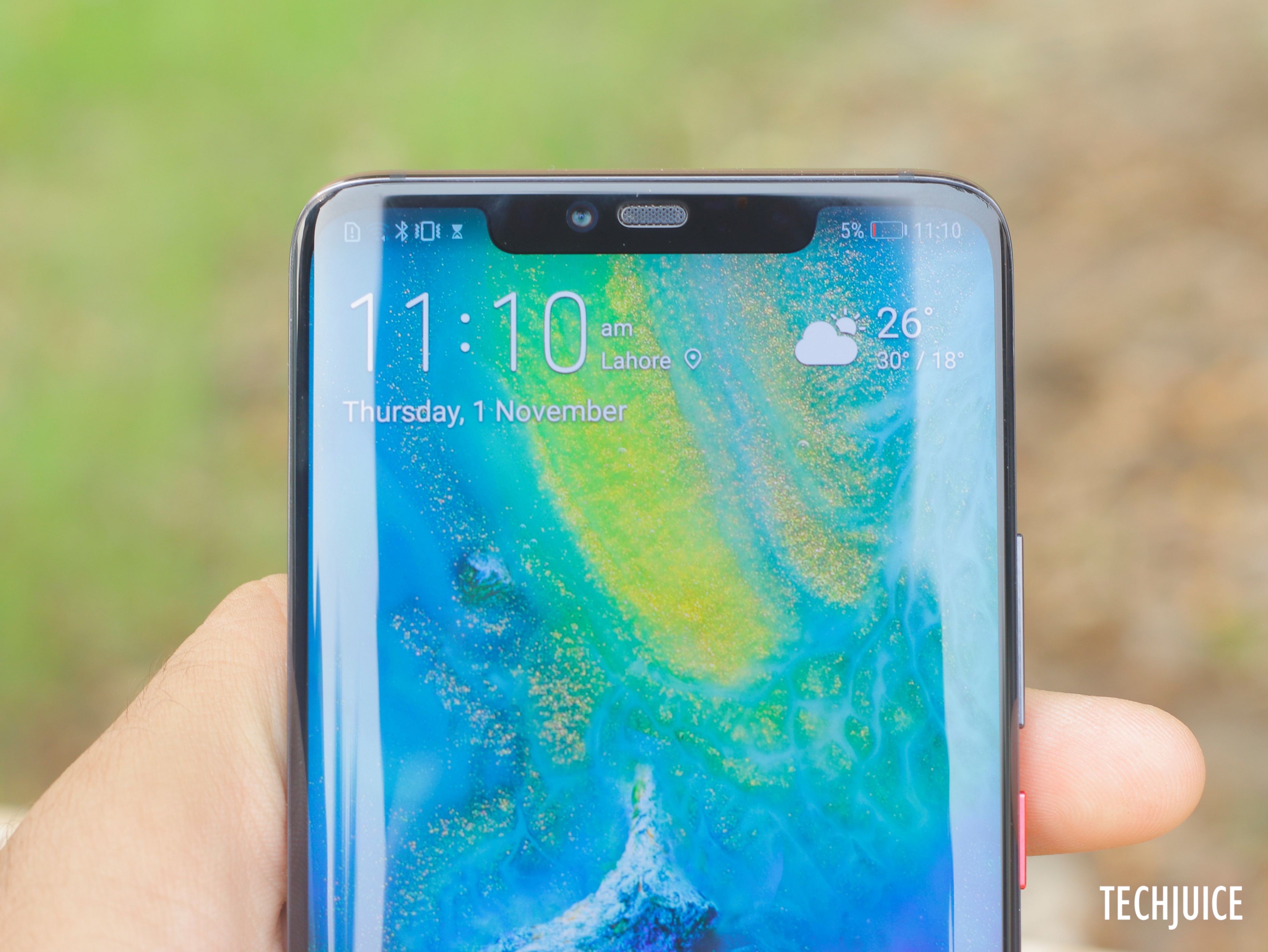
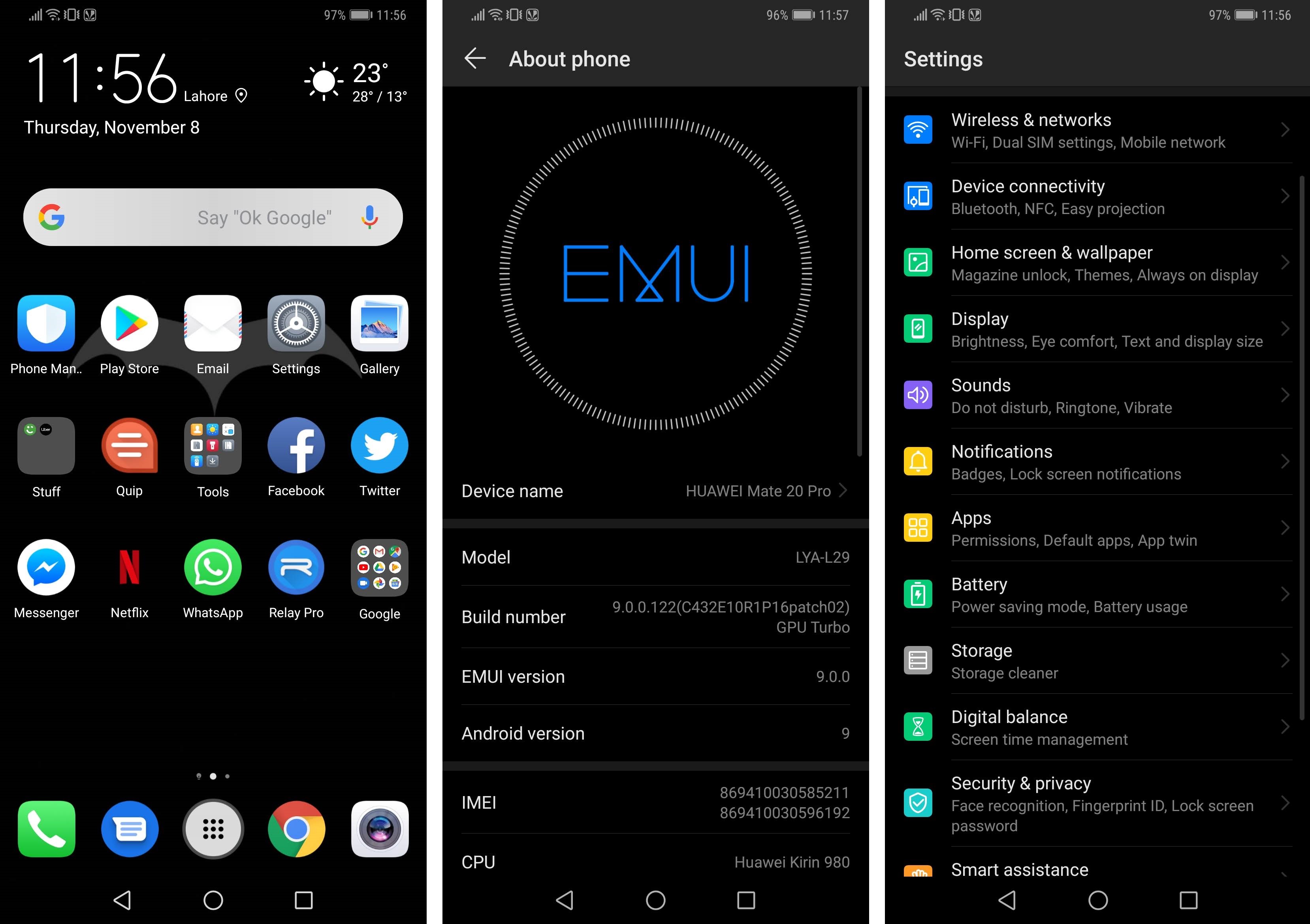

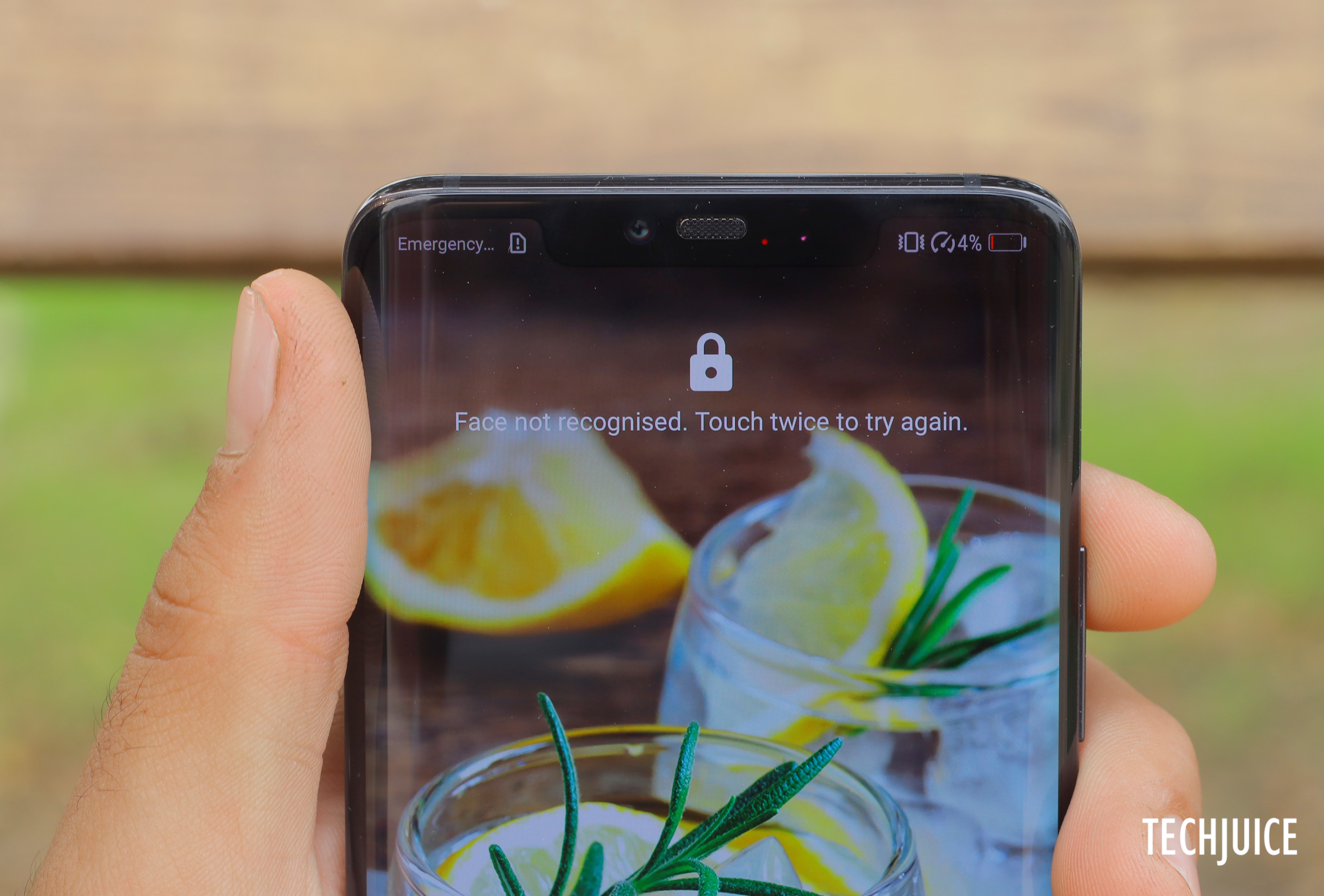
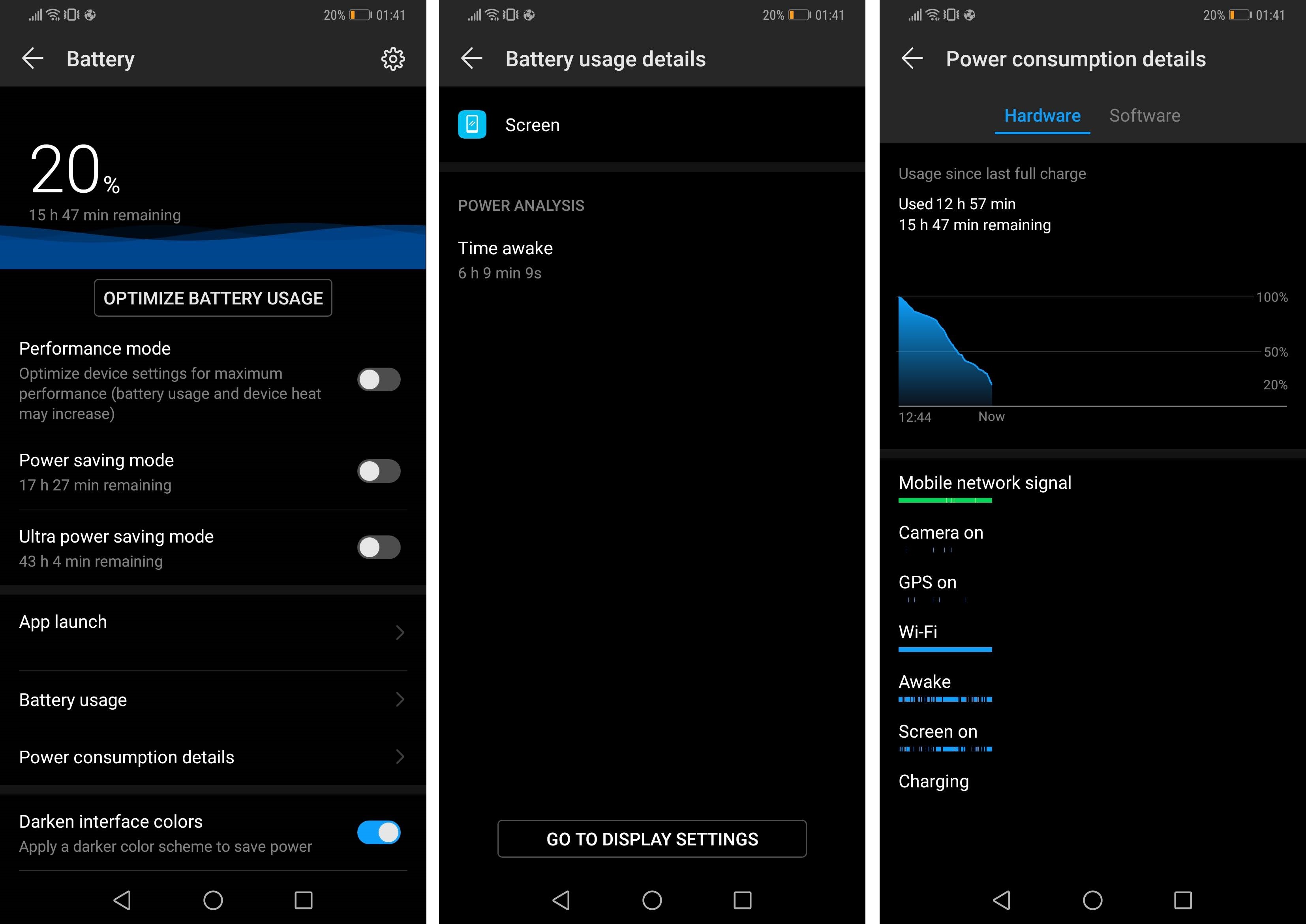



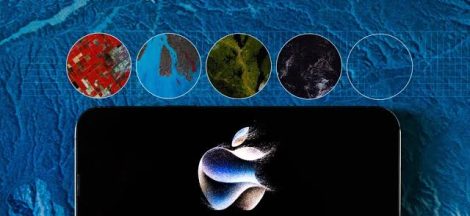
 Sarmayacar announces $30M venture fund for Pakistani startups
Sarmayacar announces $30M venture fund for Pakistani startups